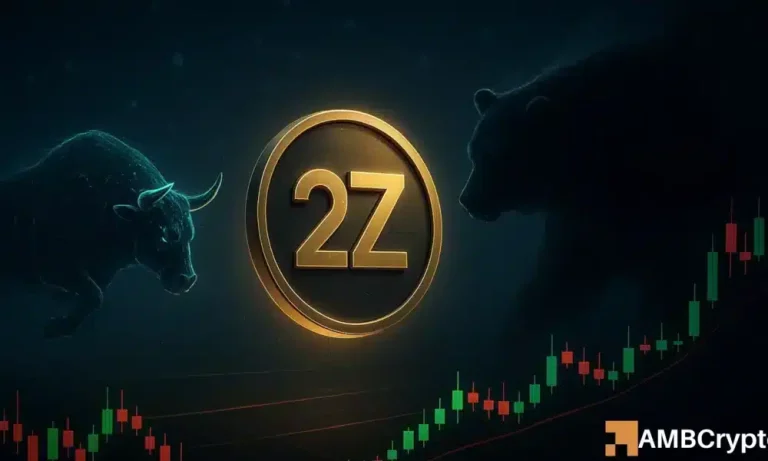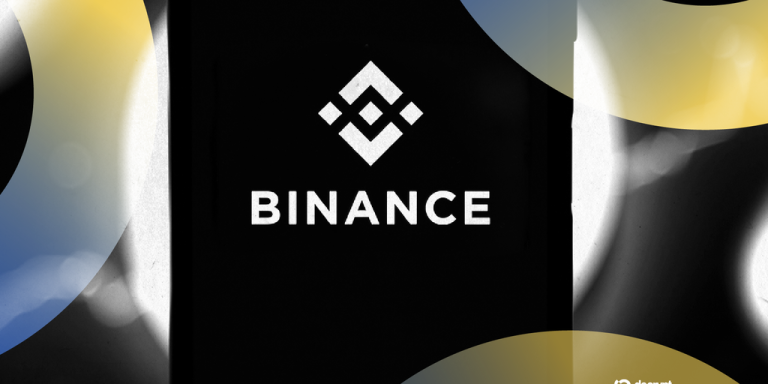
Navigating the Future: Emerging Trends in Fintech Technology
Focus Keyword: Fintech

Fintech, or financial technology, is an industry that has experienced rapid growth and transformation in recent years. The integration of technology and finance has given rise to new and innovative products, services, and business models that are changing the way we manage our finances, make payments, and access banking services. In this article, we will explore the emerging trends in fintech technology and what they mean for the future of the industry.
Section 1: Introduction to Fintech

Fintech, or financial technology, refers to the use of technology to improve and automate financial services. This can include everything from mobile payments and digital banking to investment platforms and cryptocurrency. The fintech industry has experienced rapid growth in recent years, with investment in fintech companies increasing from $1.8 billion in 2010 to over $30 billion in 2020.
Section 2: Emerging Trends in Fintech

There are several emerging trends in fintech that are shaping the future of the industry. Some of the most significant trends include:
- Blockchain and Distributed Ledger Technology: Blockchain and distributed ledger technology have the potential to revolutionize the way we make payments and transfer value. By providing a secure, transparent, and tamper-proof record of transactions, blockchain technology can help to reduce the risk of fraud and increase the efficiency of financial transactions.
- Artificial Intelligence and Machine Learning: Artificial intelligence and machine learning are being used to improve the customer experience, reduce risk, and increase efficiency in the fintech industry. For example, AI-powered chatbots can help customers with simple queries, while machine learning algorithms can be used to detect and prevent fraud.
- Mobile Payments and Digital Wallets: Mobile payments and digital wallets are becoming increasingly popular, with millions of people around the world using services like Apple Pay, Google Pay, and WeChat Pay to make payments and transfer money.
- Digital Banking and Online Lending: Digital banking and online lending platforms are providing consumers with greater access to financial services, including credit and loans. These platforms use advanced algorithms and machine learning to assess creditworthiness and provide personalized financial recommendations.
Section 3: The Future of Fintech

The future of fintech is exciting and uncertain. As technology continues to evolve and improve, we can expect to see even more innovative products and services emerge. Some of the trends that are likely to shape the future of fintech include:
- Increased Use of Cloud Computing: Cloud computing is becoming increasingly popular in the fintech industry, providing companies with greater scalability, flexibility, and cost savings.
- Greater Emphasis on Security and Compliance: As the fintech industry continues to grow and evolve, there will be a greater emphasis on security and compliance. This will include the use of advanced technologies like biometrics and artificial intelligence to prevent fraud and protect consumer data.
- More Partnerships and Collaborations: The fintech industry is likely to see more partnerships and collaborations between traditional financial institutions and fintech companies. This will help to drive innovation and provide consumers with greater access to financial services.
Conclusion

Navigating the future of fintech technology requires a deep understanding of the emerging trends and innovations that are shaping the industry. From blockchain and artificial intelligence to mobile payments and digital banking, there are many exciting developments that are transforming the way we manage our finances and access financial services. As the fintech industry continues to evolve and grow, we can expect to see even more innovative products and services emerge, providing consumers with greater convenience, flexibility, and choice.





